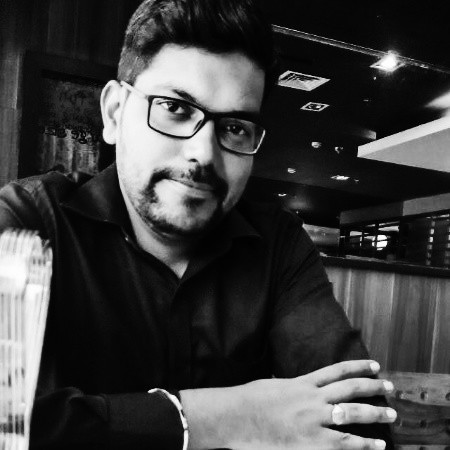The Industrial Internet of Things (IIoT) is revolutionizing manufacturing, enabling companies to
improve operational efficiency, reduce downtime, and foster innovation. By integrating smart
devices, sensors, and analytics into manufacturing processes, IIoT empowers businesses to
harness real-time data for better decision-making and streamlined operations.
What is Industrial IoT
(IIoT)?
IIoT refers to the application of connected devices, sensors, and advanced analytics in
industrial settings. Unlike consumer IoT, which focuses on smart home devices and personal
gadgets, IIoT targets industries such as manufacturing, energy, transportation, and healthcare.
These connected devices collect and share data, enabling automation, predictive maintenance, and
enhanced productivity.

Key Benefits of IIoT in
Manufacturing
1. Improved
Operational Efficiency
IIoT allows manufacturers to monitor machinery and production lines in real-time. This
visibility helps identify bottlenecks and optimize workflows, reducing waste and improving
overall efficiency.
2. Predictive
Maintenance
Sensors embedded in equipment can detect anomalies and predict failures before they occur.
This reduces unplanned downtime, extends the lifespan of machinery, and minimizes
maintenance costs.
3. Enhanced
Quality Control
Real-time data collection ensures that products meet quality standards. IIoT systems can
automatically adjust processes to address deviations, reducing defects and improving
customer satisfaction.
4. Energy
Efficiency
IIoT solutions enable better energy management by monitoring consumption patterns and
optimizing energy use, leading to significant cost savings and sustainability.
5. Supply Chain
Optimization
With IIoT, manufacturers can track inventory, raw materials, and finished products across
the supply chain. This improves inventory management and ensures timely delivery of goods.
Key Technologies Driving
IIoT
Sensors and
Actuators:
These devices collect data from machinery and the environment.
Edge
Computing:
Processes data closer to the source, reducing latency and improving decision-making.
Cloud
Computing:
Provides scalable storage and analytics capabilities for IIoT data.
Artificial
Intelligence (AI):
Powers predictive analytics, anomaly detection, and process optimization.
5G
Connectivity:
Ensures fast and reliable data transfer between devices
Challenges in IIoT
Adoption
While IIoT offers numerous benefits, its implementation comes with challenges:
1. Data
Security
Connected devices can be vulnerable to cyberattacks. Ensuring robust security measures is
critical.
2. Integration
with Legacy Systems
Many manufacturers rely on older machinery that may not be compatible with modern IIoT
technologies.
3. High Initial
Investment
Deploying IIoT infrastructure requires significant upfront costs, which can be a barrier for
small and medium-sized enterprises.
4. Skill
Gap
Manufacturers need skilled personnel to manage and analyze IIoT data effectively.
Real-World Applications
of IIoT in Manufacturing
Sensors and
Actuators:
These devices collect data from machinery and the environment.
Digital
Twins:
Virtual replicas of physical assets for simulation and optimization.
Condition
Monitoring:
Continuous tracking of machine health to prevent failures.
Robotics
Integration:
Collaborative robots (cobots) working alongside human workers for enhanced productivity.
Future of IIoT in
Manufacturing
The adoption of IIoT is expected to accelerate
as technologies like AI, machine learning, and 5G continue to evolve. Future advancements may
include:
Autonomous
Manufacturing:
Factories that operate with minimal human intervention.
Sustainability:
Greater focus on eco-friendly manufacturing practices driven by IIoT insights.
Interoperability
Standards:
Improved compatibility between devices and systems to simplify integration.
Conclusion
Industrial IoT is transforming the manufacturing landscape, offering unprecedented opportunities
for efficiency, innovation, and growth. By embracing IIoT, manufacturers can stay competitive in
a rapidly evolving market, delivering higher-quality products while optimizing resources. As
challenges are addressed and technologies mature, the potential for IIoT in manufacturing will
only continue to expand.



